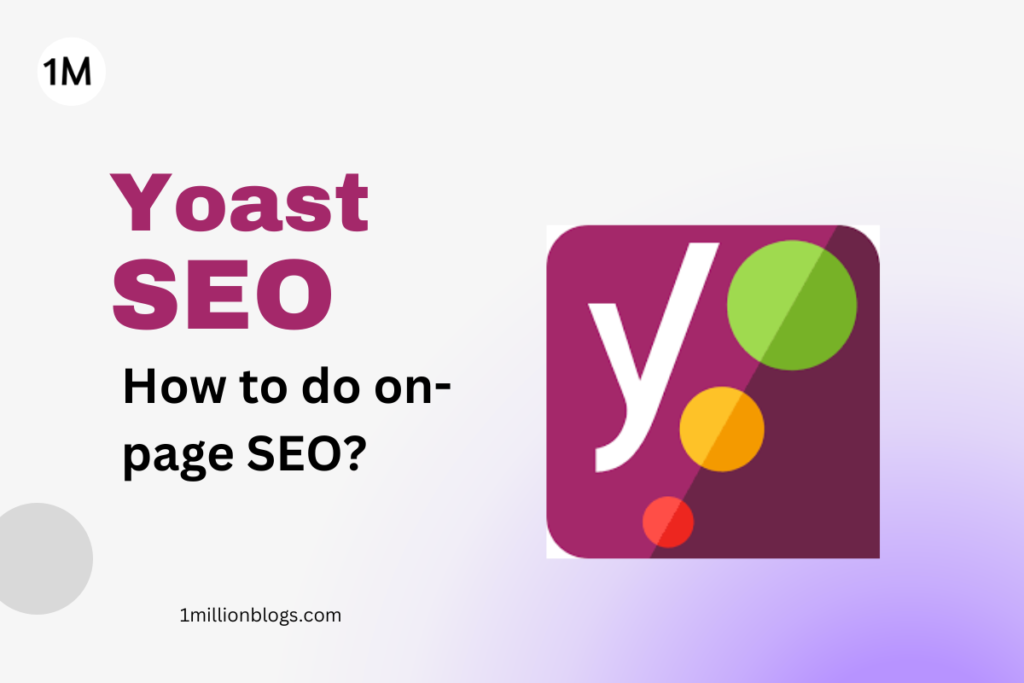How to Use Yoast SEO For On-Page SEO?
Yoast SEO is a WordPress plugin that help in optimizing the article. Read the article to understand the complete process of it.

Yoast SEO is a WordPress plugin that help in optimizing the article. Read the article to understand the complete process of it.
